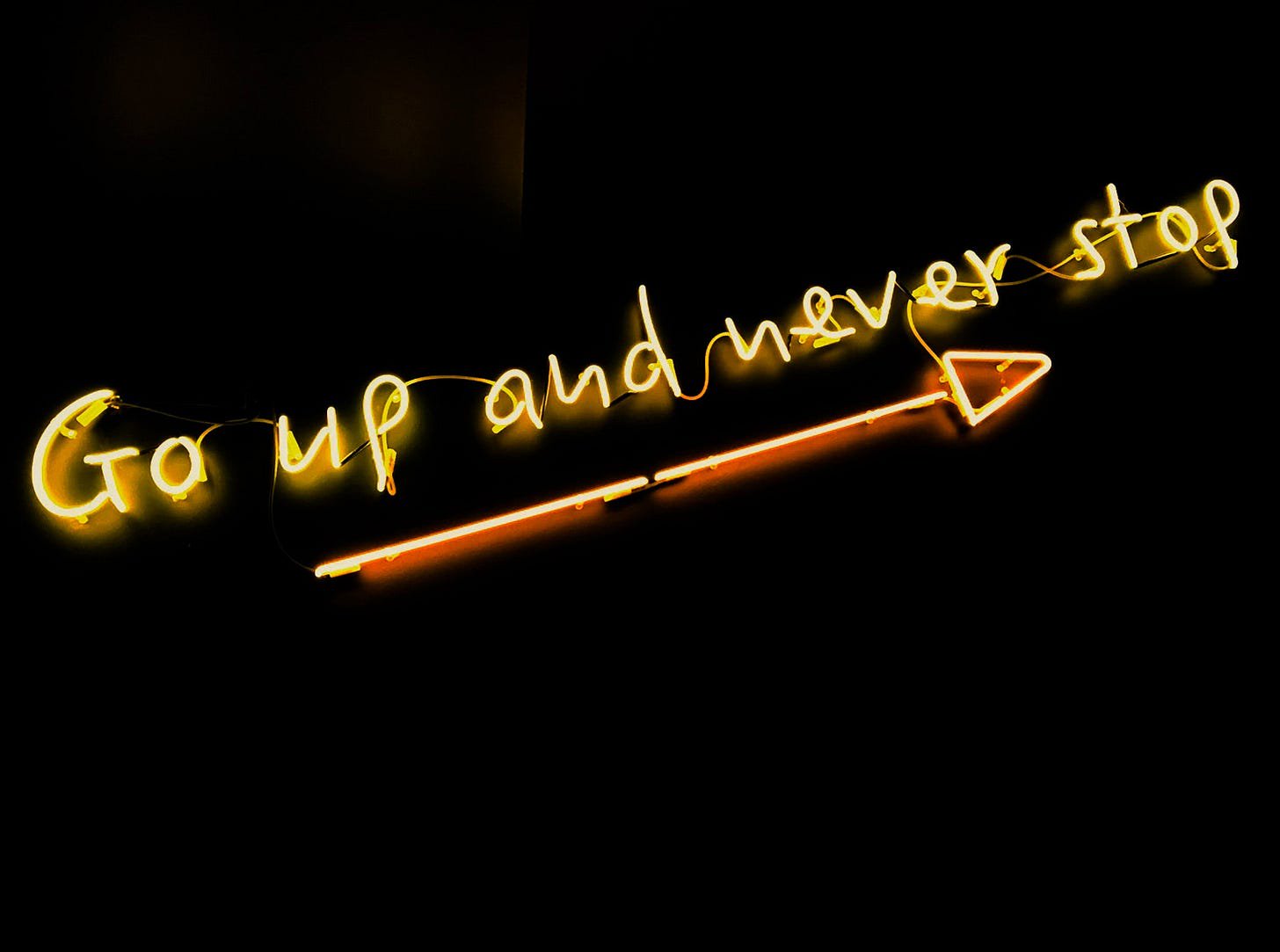I might help you improve your current situation if you struggle with procrastination.

Idleness, boredom or low mental capacity are essential parts of life. You stumble upon too many articles that should help you to reach a constant peek of productivity. But that is not how it works. Every one should find a good balance of gettings stuff done without constantly draining one's energy. Procrastination is something different. I love how the New York Times phrased it:
Etymologically, "procrastination" is derived from the Latin verb procrastinate — to put off until tomorrow. But it's more than just voluntarily delaying. Procrastination is also derived from the ancient Greek word akrasia — doing something against our better judgment.
"It's self-harm," said Dr Piers Steel, a professor of motivational psychology at the University of Calgary and the author of "The Procrastination Equation: How to Stop Putting Things Off and Start Getting Stuff Done."
I am a master procrastinator, even though many people I work with describe me as a "getting-things-done" person. In the last few years, I tried different tactics to reduce procrastination. I used actionable and straightforward methods to move things while keeping space for idleness and time for the occasional procrastination phase.
As with the most challenging things in life, mental models will significantly impact how you reduce your procrastination. Getting things done has nothing to do with motivation. Motivation is not the cause of action but the result. So you will need the discipline to get through all your tasks, and motivation should follow. So how do I stop procrastination?
Gaining momentum
Starting is the hardest part. Once you get this initial push to kick things off, you gain momentum, and after, it gets easier. Two tactics work like magic getting you started.
The two-minute rule
The two-minute rule is all bout discipline. If any task is coming my way that takes less than two minutes, I will do it right away—picking up dirty laundry, making the bed, putting the dishes in the dishwasher, answering an E-mail or scheduling a meeting invite. You can read more about this rule in the productivity bible "Getting things done" by David Allan.
The five-minute rule
Most things you have to take care of will take longer than two minutes. The five-minute rule is all about tricking your brain. It is a cognitive behavioural therapy technique for procrastination. You set a goal of doing whatever you would otherwise avoid but only do it for five minutes. If, after five minutes, it's so horrible that you have to stop, you are free to do so. However, I learned that after five minutes of doing something, it's easy to continue, and you will get your task done.
That is how I started this article. I could not force myself to start writing. I sat down, wrote for five minutes, and did not stop, and I am now half an hour in and very confident that I will finish it in one session.
The two- and five-minute rules are two life-changing tactics I adopted to get more productive. Unfortunately, these tactics do not solve that I will get the right things done. For this, I adopted a variation of Ivy Lee's productivity method and John Zeratsky's Make Time approach.
The Ivy Lee Method
At the end of each workday, write down the six most important things you need to accomplish tomorrow. Do not write down more than six tasks. Prioritise those six items in order of their true importance. When you arrive tomorrow, concentrate only on the first task. Work until you are done with your first task. Approach the rest of your list in the same fashion. Move any unfinished items to a new list of six tasks for the following day. Repeat this process every working day.
John Zeratsky's Make Time approach
Start each day by choosing a priority. Asking yourself, "What's going to be the highlight of my day?" ensures that you spend time on what matters most. Then start working with an absolute focus on this task. Recharge, reflect, improve the system and repeat.
You will realise that both approaches are similar. I think that six items are too many and one is not enough. I prefer John Zeratsky's process in that he is thinking about a highlight, which makes it more appealing than just a task. So why do I like this approach so much?
- It's simple enough to work.
- It forces you to make tough decisions on how you want to spend your time and energy.
- It removes the friction of starting.
- It requires you to single-task.
Lastly, I recommend you celebrate your wins. There is science behind this thought process too. When you accomplish something, it activates our brain's reward centre, allowing us to feel a sense of pride.

The resulting dopamine will make you happy and motivate you to keep going. So next time you tick off one of your tasks, get up, make a little dance, shout hurray or do whatever floats your boat. You will be surprised how this will impact your mood and how it becomes easier to tick off the next thing on your list.
If you try this approach, I would love to hear how it impacted your life.